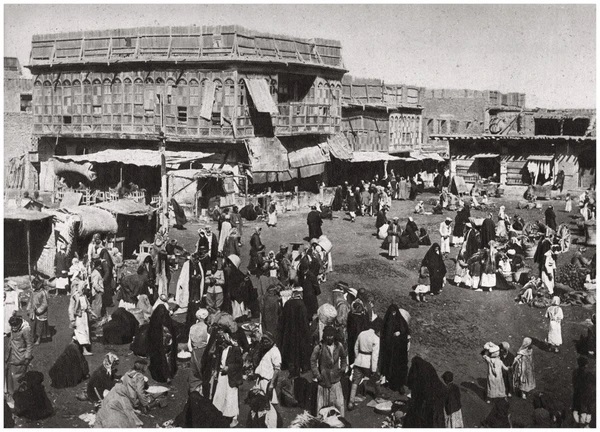In the early twentieth century, a number of Baghdad's merchants had established a company to handle the transportation of passengers along with their light luggage via wooden carts pulled by horses. Such carts were used between the cities of Karbala, Najaf, and Hilla.
According to a statistic issued in 1905 AD, the total number of vehicles traveling between the capital Baghdad the town of Al-Musayyib, were 29 vehicles, between Al-Musayyib and Karbala (12) vehicles, and between Karbala and Najaf (9) vehicles. Each vehicle of them was carrying twelve passengers.
The transportation fees in those vehicles were set by the government authorities in the state of Baghdad in 1910 AD with no more than (20) piasters for each traveler, and another (10) piasters for every (15) kg of goods and luggage taken by the traveler.
Some animals were used as means of transportation. The Czech orientalist "Moselle" who visited Karbala in 1919 AD stated that donkeys were most commonly used in transporting people between the cities of Karbala and Najaf, and the fee for one person transported by them ranged between (10-20) piasters. Mules also had been used to transport passengers to the holy city of Karbala, especially Iranian pilgrims.
Source / Karbala Civilization Encyclopedia, Historical Ax, Department of Modern and Contemporary History, Ottoman Documents, Part 7, pp. 317-318.
Source:
- Mawsueat Karbala Al-Hadharia "Karbala Civilizational Encyclopedia", a publication of Karbala Center for Studies and Research [Vol. 7, p. 317-318].


